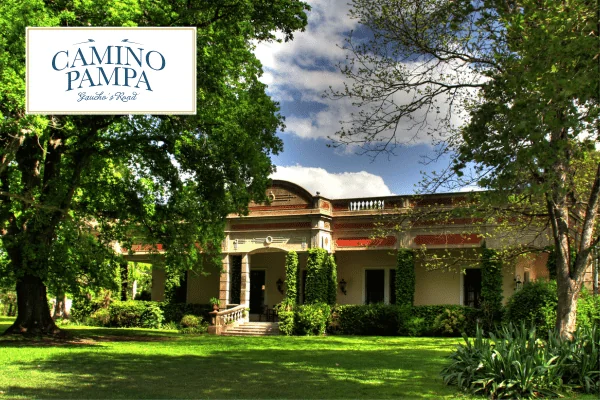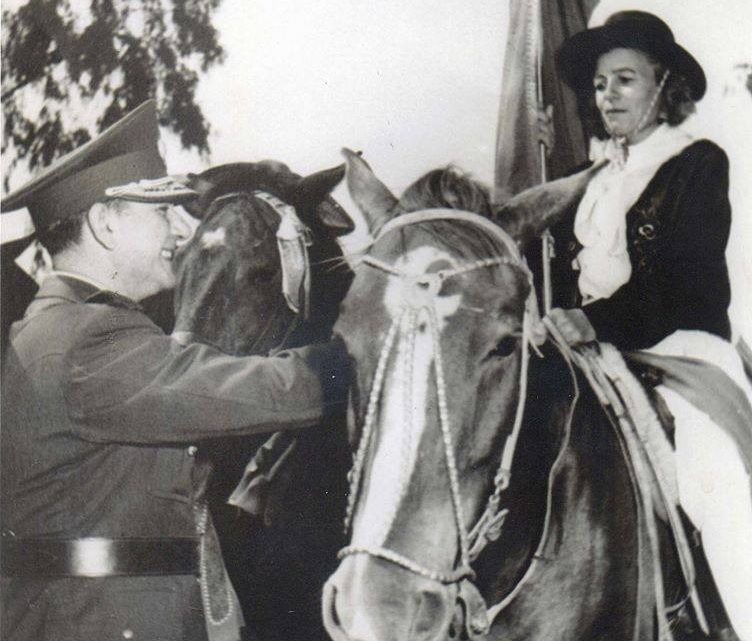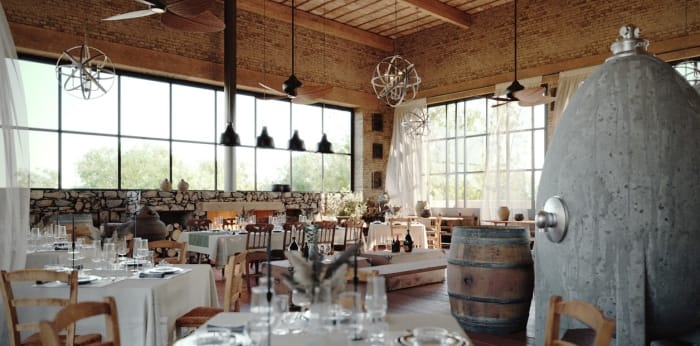Vineyard near Buenos Aires Experience
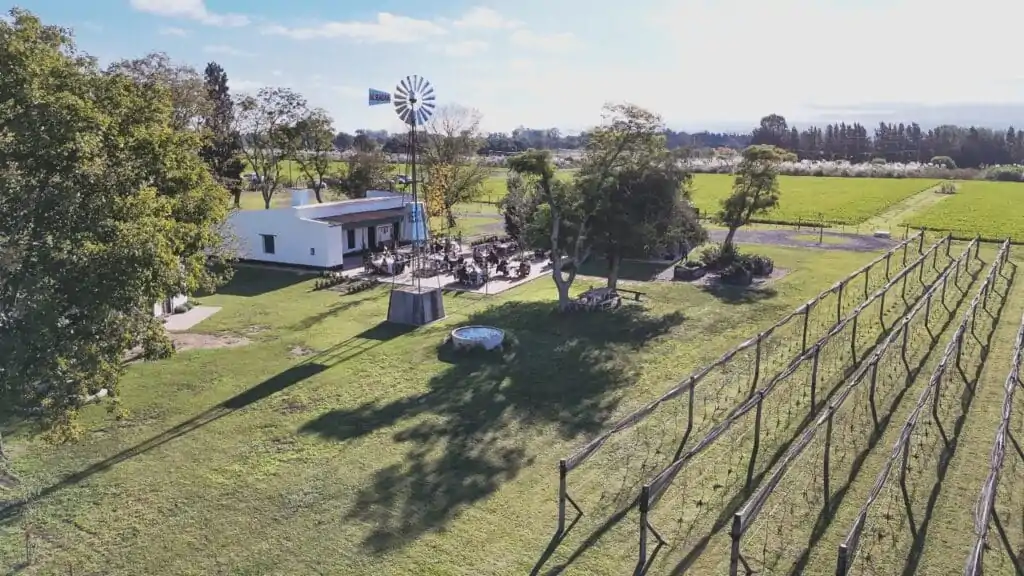
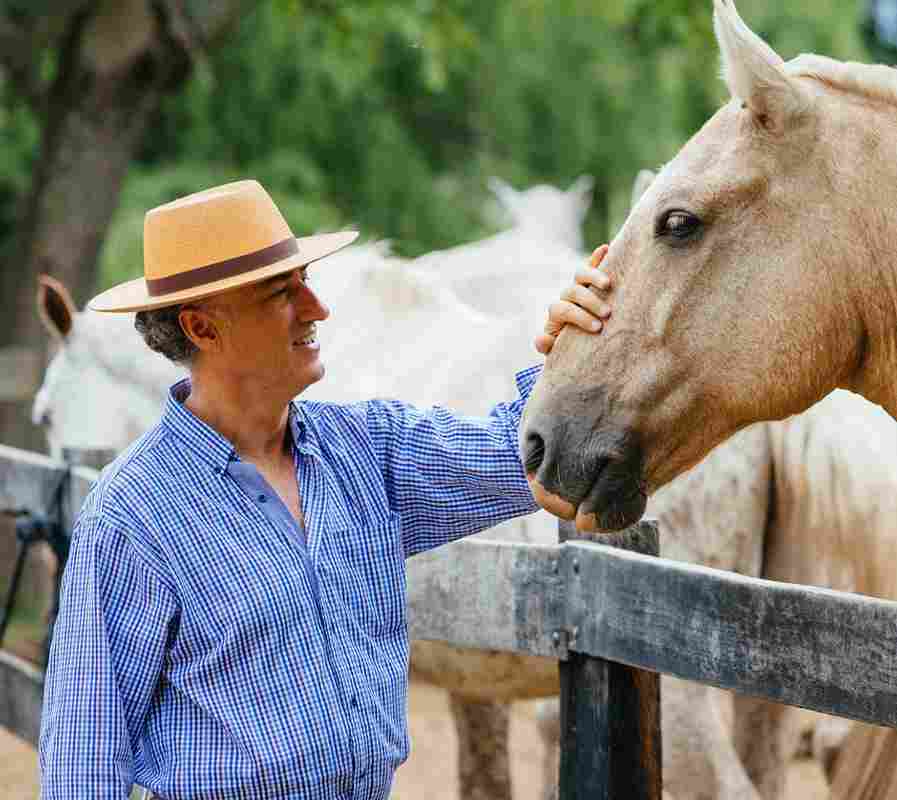
Vineyard near Buenos Aires Experience
The Legacy of Colonial Winemaking: A Journey Through Argentina’s Vineyards
Argentina is celebrated worldwide for its exceptional wines, but few people know that its winemaking roots can be traced back to the colonial era. In the Province of Buenos Aires, the first wines were produced during the Spanish colonial period, laying the groundwork for the vibrant wine industry we know today. At Camino Pampa, we invite you to experience this rich history firsthand with our Vineyard + Estancia Day, where you can taste the wines that once nourished the gauchos and immerse yourself in the lifestyle of these legendary cowboys.
The Origins of Winemaking in Argentina
In the late 16th century, Spanish settlers introduced grapevines to Argentina, primarily for producing wine for religious ceremonies and personal consumption. The first wines were produced by religious orders and early Spanish settlers around 450 years ago. After many years, approximately 160 years ago, Mendoza began to establish itself as a key player in the country’s winemaking scene, renowned for its exceptional wines.
As colonial settlements expanded, the appreciation for wine grew, becoming an integral part of local culture. The gauchos, who roamed the Pampas, embraced winemaking as part of their lifestyle, often enjoying wine during traditional asados (barbecues) and social gatherings. These gatherings were not merely meals; they were celebrations of community and culture, with wine serving as a social lubricant that brought people together.
The Evolution of Argentine Winemaking
The evolution of winemaking in Argentina can be marked by the introduction of various grape varieties from Europe. In the 19th century, Italian and Spanish immigrants brought with them different grapes, including Malbec, Bonarda, and Torrontés. This diversification helped shape the distinct character of Argentine wines and set the stage for a new era in winemaking.
Malbec, in particular, became synonymous with Argentine wine, thriving in the country’s high-altitude vineyards. Its rich, full-bodied flavor profile made it a favorite among both locals and international wine enthusiasts. By the late 20th century, Argentine wines began gaining recognition on the global stage, showcasing the country’s unique Terroir and winemaking techniques.
The Role of the Gaucho in Argentine Culture
The gaucho is more than just a cowboy; he embodies the spirit of Argentine identity. Skilled horsemen and cattle herders, gauchos are celebrated figures in Argentine folklore. Their lifestyle, characterized by freedom and a deep connection to the land, became romanticized in literature and art during the 19th century. Notably, works by authors like Ricardo Güiraldes immortalized the gaucho as a noble figure of the Argentine plains.
In our Vineyard + Estancia Day, we recreate this deep connection to gaucho culture, offering an authentic experience that blends history with modern-day traditions. From horseback riding to enjoying a traditional asado, you’ll experience the essence of what it means to be a gaucho. This cultural immersion allows guests to appreciate the agricultural practices and social customs that have shaped Argentina’s rural identity.
Our Vineyard Experience
At Camino Pampa, we proudly showcase the legacy of Argentina’s original winemaking. Our Vineyard + Estancia Day begins with a visit to our experimental vineyard, where you can stroll among the vines, guided by the founder. He will share insights into the ancient techniques and grape varieties that have shaped our wines. This personal touch offers guests a unique perspective on the winemaking process and the history of the region.
During the wine tasting, you’ll savor the unique flavors of our original wines. Each bottle tells a story of the land and its history, from the grape cultivation to the fermentation process. Guests will have the opportunity to compare different varietals, gaining an understanding of how climate and soil influence flavor profiles. This immersive experience highlights the artistry behind winemaking and the passion that drives our craft.
A Day at the Estancia
Following the vineyard visit, we transport you to a historical gaucho ranch, or estancia, where the real adventure begins. The estancia is a living museum of gaucho culture, showcasing traditional practices that have been passed down through generations. Here, guests can participate in various activities, from horseback riding to relaxing by the swimming pool.
The horseback riding experience is particularly special, allowing guests to ride through the stunning landscapes of the Pampas. Accompanied by skilled gaucho guides, you can explore the vast fields and learn about the ranching practices that define this region. This connection to nature adds an enriching layer to your understanding of gaucho life.
No gaucho experience is complete without an asado. Enjoy a delicious lunch featuring grilled meats, paired with our unique wines. As you dine, live folk music fills the air, celebrating the rhythms and stories of Argentine culture. Traditional dances may even invite you to join in the festivities, creating a communal atmosphere that embodies the spirit of the gaucho.
The Cultural Significance of Asado
Asado is not just a meal; it is a cultural ritual deeply embedded in Argentine society. The process of preparing asado is an art form, involving specific cuts of meat, slow-cooking techniques, and communal gathering. Typically, various meats are grilled over an open flame, often accompanied by chimichurri sauce, a flavorful condiment made from parsley, garlic, vinegar, and oil.
Sharing an asado fosters a sense of community and camaraderie. It is an occasion for family and friends to come together, share stories, and enjoy the fruits of the land. In this way, our Vineyard + Estancia Day encapsulates the essence of Argentine culture, merging culinary traditions with the historical significance of winemaking.
A Journey Through Time
Our Vineyard + Estancia Day offers a unique opportunity to delve into Argentina’s rich history of winemaking and the enduring legacy of the gaucho. By visiting our vineyard and estancia, you not only taste the wines that were first produced in colonial times but also immerse yourself in the vibrant culture that continues to thrive today.
Join us at Camino Pampa for a memorable experience that combines history, gastronomy, and the spirit of the gaucho, all within the stunning landscape of Buenos Aires. Whether you’re a wine enthusiast or simply curious about Argentina’s heritage, this journey promises to be both educational and unforgettable. In experiencing the legacy of colonial winemaking, you’ll leave with not only a deeper appreciation for Argentina’s viticultural heritage but also lasting memories of the culture that defines this remarkable country.
Share in socials
WANT TO KNOW THE 'GAUCHO ARGENTINO'? BOOK A TOUR!
You may also be interested in:

Why This Gaucho Experience Stands Out from Other Estancia Tours in Buenos Aires
Some people have been asking us about our higher price compared to other Gaucho/Estancia Tours in Buenos Aires.You’ve probably traveled…
Ana Beker: The Horsewoman Who United the Americas on Horseback
More than 70 years ago, when GPS and social media didn’t exist, an Argentine woman embarked on a journey that…
Estancia Vigil: A Testament to Argentine Winemaking Excellence
How did Alejandro Vigil's journey in winemaking begin? Alejandro Vigil's passion for viticulture ignited during his formative years in Mendoza,…

